Myth in games
The timeless origins of 10 gaming tropes
Here, different is everything!
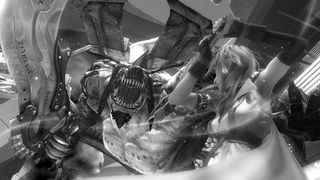
You know things are serious when some sort of magical amulet, forbidden gateway or similar jiggery-pokery sends you to a land where everything is all topsy-turvy. Often, the Dark World isn’t even a “world,” so much as the future, the spirit realm, or some other excuse to paint the place a different colour and call it a new level.
Hallmarks:
- Buildings don’t have to be constructed of human flesh pulled over weeping wounds, floors oozing blood, flickering light occulting unearthly horrors... but it would be nice.
- Expect at least one puzzle involving flipping between worlds. Pat yourself on the back when you work it out!
- Whatever visual filters the developers have access to, this is where they’ll be.
Some Examples:
Silent Hill, Legacy of Kain: Soul Reaver, Silent Hill, Link to the Past, Silent Hill.
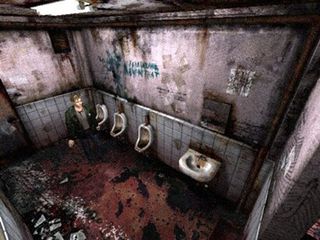
Above: You so crazy!
Where’s This Come From, Then?
The earliest Dark Worlds may be Shambhala and Agartha, the “hollow Earth” inside our own planet. The only people in the 20th Century who took such stories seriously were New Age nuts and Adolf Hitler, compared to whose imaginations James Sunderland’s adventure is probably a sensible tale about fairly mundane goings-on.

Above: But of course
How Do Games Do It?
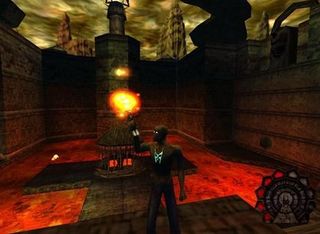
Shadowman’s Dark World is where the hero goes whenever he’s killed, making death a necessary part of the game. The motif of underground shadow-worlds can be seen in Morrowind’s Dwemer Ruins, but a fuller exploration of the legend is vintage ARPG Terranigma. This game’s hero lives in the Shadow World and must travel to our own world to save it.
The Beast
Nothing a shave won’t fix.

This savage monster may well, due to an irony that never gets old, be one of the most civil fellows you’ll ever encounter. Some Beasts alternate between forms, while others are animals with human characteristics.
Sign up to the GamesRadar+ Newsletter
Weekly digests, tales from the communities you love, and more
Hallmarks:
- Most likely to be named via a clever “lunar” pun.
- Female Beasts, be they cat, fish, donkey or ant, will be ridiculously sexualised.
- Belong to an ancient and noble lineage whose customs – this is weird! – precisely resemble those of tribal humans.
Some Examples:
Altered Beast, Brutal: Paws of Fury, and… look, sorry…

Above: Obligatory
Where’s This Come From, Then?
Pre-agricultural shamanic priests would ritually “transform” into animals to be hunted. Skip forward to Norse Berzerkers, whose animalistic frenzy on the battlefield had enemies thinking them savage animal-men. The fascination caused by these practices was fed by stories like Dr Jekyll and Mr Hyde, The Jungle Book, and Abbot and Costello Meet the Wolf Man.
How Do Games Do It?
If videogames are going to employ the notion of the Noble Savage, this is where they’ll do it. Games like Final Fantasy XII: Revenant Wings and Shining Force 2 use tribal animism to suggest a romantic notion of natural harmony. Less wholesomely, the shrieking villagers of Resident Evil 5 also invoke the motif of the Beast and invite you to shoot it in the head before it gores you with a spear.
The Belly of the Beast
Have a Whale of a Time!

Before a hero is ready for the final battle, they must be ground in the very guts of hostility. This could mean a trip to the Underworld, or a spell alone and unarmed in enemy territory, but we gamers are a literal lot: when we say “Belly of the Beast,” often we mean, “the digestive tract of a sodding great monster.” Ew.
Hallmarks:
- Don’t worry, you’ll get those weapons back. Even the crap ones.
- Ever eat too much cheese before going to bed? You may have met some of the enemies exclusive to this realm.
- That door you just went through… did it look kind of like… NO, NO IT DID NOT.
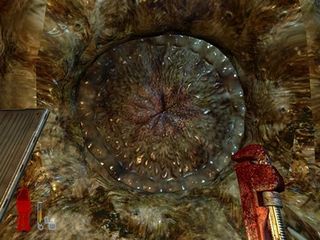
Above: DOOR
Some Examples:
Infinite Devil Machine (Halo 3), The Living Cave (Super Ghouls ‘N’ Ghosts), the non-Blue-Öyster-Cult segments of Prey.
Where’s This Come From, Then?
The best-known example is the Biblical story of Jonah, a prophet who got his groove back after being eaten by a whale. The ickier overtones of the motif are illustrated by Cronus, the Titan who ate all his kids save Zeus, who in turn cut Cronus open to free them; whether Zeus had to contend with microsecond-precise swimming sequences is unclear.
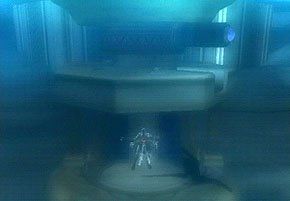
Above: Yes, we’re surprised it took this long, too
How Do Games Do It?
Far be it from us to go pop-psychology here, but Freud would go nuts for these levels. The plethora of fleshy tunnels, moist doorways and oozing apertures make a player long for clever twists on the theme. These can be found in levels like Ocarina of Time’s Jabu-Jabu, a benevolent creature who wants only for you to cure him of the ills in his guts; or the final act of BioShock, in which the hero must wilfully immerse himself inside a Big Daddy to conquer Rapture.

Stellar Blade director "grew up too poor to afford" a PS1, but when he finally got one in college, Ridge Racer and Final Fantasy inspired him to make games

Oh, that's why the Stellar Blade devs were terrified by demo players: one fan's spent "about 60 hours" maxing Eve's skill tree before the action RPG is even out
Most Popular


